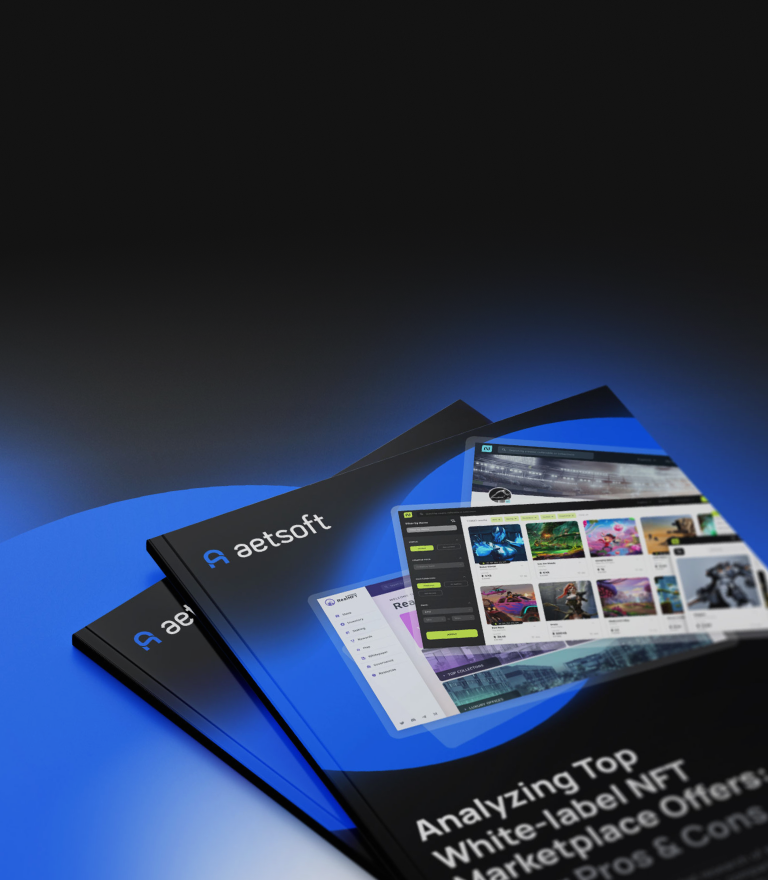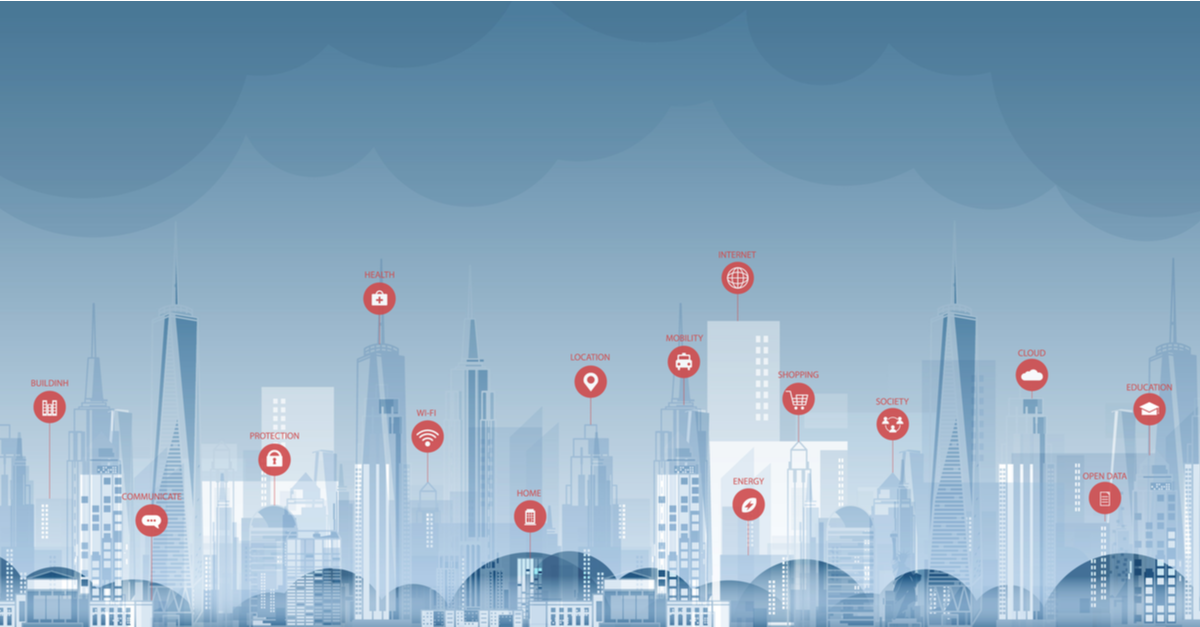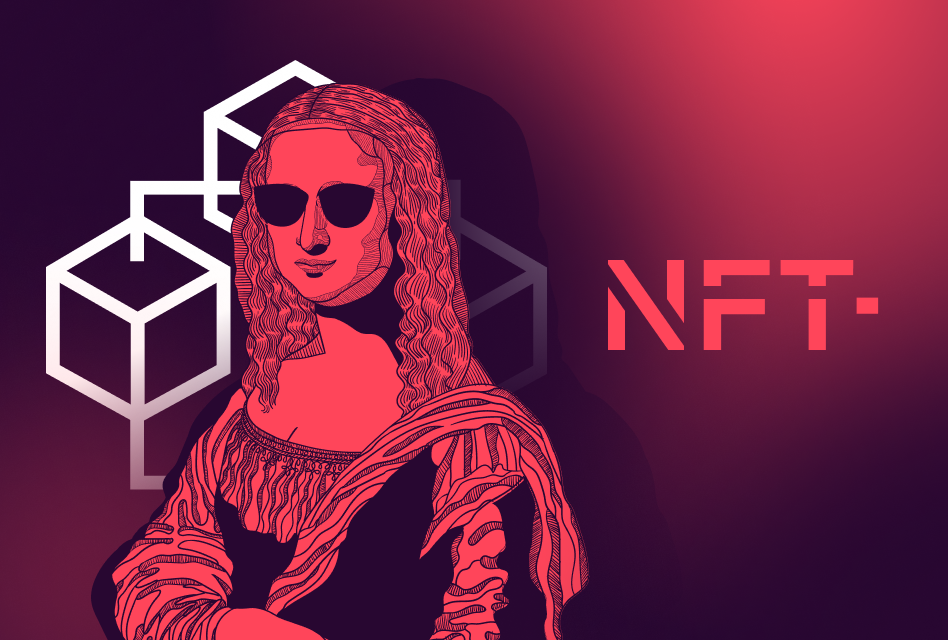Since its introduction, the Internet of Things, or simply IoT, has become a game-changer for many industries. Currently, it has millions of applications, substituting human effort with “machine-to-machine” communication.
Meanwhile, the more jobs the IoT takes, the greater the responsibility attached to it. Thus, safety and security concerns arise where it gets connected to sensitive data. This is when blockchain comes to the stage, bringing its indisputable advantages to the table.
Following its decentralized nature, blockchain grants the top security level to the contained data by storing it on multiple nodes so that information cannot be lost accidentally or voluntarily.
The combination of IoT and blockchain works well against counterfeiting in retail. For example, in the semiconductor industry, $7.5 billion in revenues is lost annually because of counterfeit chips.
But through QR-codes and IoT sensors, consumers can check product origins, while blockchain keeps a manufacturer’s database immutable.
Fashion: LVMH
The luxury brands’ cooperation of Louis Vuitton and Moët Hennessy (LVMH) resulted in a blockchain-based project AURA that was created in partnership with ConsenSys and Microsoft Azure. The solution was designed for tracking luxury goods produced by the conglomerate divisions.
AURA is a part of LVMH’s Track & Trace program, which aims to prevent counterfeiting and enables customers to receive an original product with a digitally proven certificate of origin.
To ensure the authenticity of purchased luxury products, LVMH customers get IoT-powered tags with each purchase to access product history, from raw materials and environmental information to the point-of-sale and care recommendations.
Being in the epicenter of financial and reputational losses due to counterfeiting, LVMH has selected blockchain as a prime technology for the platform as it solves the core issue of sensitive data accessibility.
Smart Home: Samsung
ADEPT is a blockchain-based IoT system by Samsung and IBM that envisioned the Autonomous Decentralized Peer‑to‑Peer Telemetry, a distributed IoT network that uses smart contracts and peer-to-peer messaging.
ADEPT is the best fit for smart home systems. In a Samsung-powered home, a dishwasher can become a semi-autonomous machine to perform self-service and maintenance. In the case of a breakdown, the dishwasher would install updates and inform the operator about the problem. The dishwasher ensures better energy efficiency by postponing a dishwashing period when the TV switches off through communication with other smart devices. A machine owner gets prompt notifications about ongoing activities.
Since the whole system is based on digital communication between machines, blockchain is used to distribute the shared “knowledge” correspondingly and avoid the risk of system hacking, which has recently become a new fun for hackers.
Logistics: Carrefour, Walmart, and Nestlé
The food giants Carrefour and Nestlé partnered with IBM to establish truly legitimate sales of their brand-new product, Mousline purée. The French instant mashed potato mix packages were individually marked with barcodes, and information from the barcodes was irreversibly added to IBM’s Food Trust blockchain network.
Using a smartphone, consumers could trace back through purée production history and make sure that the beloved potato mix had indeed been grown in France.
Carrefour and Nestlé strongly believe that blockchain can bring the long-anticipated transparency to food production as more and more consumers wish to know what they eat but are unable to obtain such information from regular sources. With the help of IoT-powered barcodes and a failure-free blockchain-based platform, food producers managed to please customers through an automated self-running solution.
SIM Cards: G+D Mobile, Ubirch and 1NCE
Starting from March 2020, SIM cards by tier-1 Carrier 1NCE can be configured with blockchain protocols by G+D Mobile Security and Ubirch. The collaboration of these three companies aims to remove the risk of possible security breaches from the very beginning.
The solution implies that the SIM card’s IoT data is sealed with private keys directly on the SIM chip itself rather than on the blockchain in the cloud. The keys are then stored in a so-called “Merkle-Tree” and anchored in public blockchains. As a result, the sealed data is irrefutable and can be verified at any moment in the cloud or other systems. This move allows smoothly automating further SIM chip’s processing in the supply chain and smart grids.
To release the project, G+D Mobile Security combined their SIM environments with the blockchain solution by Ubirch. It’s noteworthy that the embedded SIGNiT protocol is also used by Lufthansa in their transport damage detection systems.
Fashion: 1017 ALYX 9SM
OriginTrail and EVRYTHNG started their cooperation back in 2018, aiming to make merchandise traceable with blockchain-powered protocols. Soon after that, they got much attention from the fashion industry. Namely, the clothing brand 1017 ALYX 9SM reached out to OriginTrail and EVRYTHNG companies to facilitate the powers of blockchain and IoT and ensure the high-quality standard of the apparel.
The first concept of the OriginTrail involved a toy, Barry the Bear, with a signature equipped with RFID, RQ, and NFC chips. Through the tags, consumers could get insights about the fashion item’s origin.
1017 ALYX 9SM premiered with the OriginTrail tracking tools at the Copenhagen Fashion Summit in May 2019.






